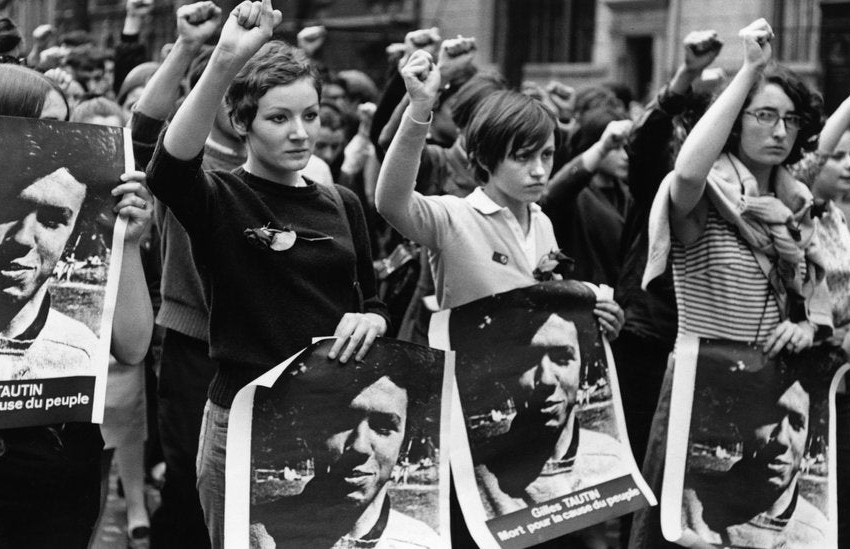Advertisement
Supported by
Mr. Abidor is the author of “May Made Me: An Oral History of the 1968 Uprising in France.”
For those of us in the United States who were young and politically progressive in 1968, the protests, strikes and other forms of civil unrest that overtook France in May of that year offered hope. The uprising was not simply a fight against something, like our fight against the Vietnam War. It was a fight for something — for a new way of arranging society, for new forms of economic and social and class relations.
The images of May ’68, which changed my life when I was a teenager watching them on TV, are still burned in my memory: the enormous marches through the streets of France’s major cities; the overflowing crowds of people speechifying and debating in the amphitheater of the Sorbonne; workers occupying factories and flying red flags over the gates; students occupying universities and being beaten by the police. Workers and students, it appeared, were united against a sclerotic Gaullist state.
These were images of the previously unimaginable: a revolution in the modern West. Revolution was no longer something that happened only in the past, or elsewhere, or in theory.
I never questioned this story of a unified rebellion until the past few years, when I conducted dozens of interviews for an oral history of the events of May ’68. I spoke with people from all over France who had been workers, farmers, university students, high school students, office workers and artists during the uprising. These conversations did not make me think that the uprising was a mistake or a source of today’s social evils, as many critics claim. Nor was my admiration for the participants in the protests diminished.
But these interviews helped me see that May ’68 was not one event, but many — that the reasons people fought were not the same for everyone involved — and that this divergence in goals contributed mightily to its failure. There is a lesson here for contemporary movements about the risk of underestimating the full range of social forces in play, about allowing a dramatic display of resistance to paint reality as we want it to be, and not as it is, in all its richness and confusion.
We are having trouble retrieving the article content.
Please enable JavaScript in your browser settings.
Thank you for your patience while we verify access. If you are in Reader mode please exit and log into your Times account, or subscribe for all of The Times.
Thank you for your patience while we verify access.
Already a subscriber? Log in.
Want all of The Times? Subscribe.
Advertisement

